
The Timeless Elegance of Pashmina Shawls: What Makes Them So Special?
Pashmina shawls are not just accessories; they are pieces of art, history, and luxury wrapped into one. Known for their unmatched softness, warmth, and intricate craftsmanship, Pashmina shawls have been a symbol of elegance and sophistication for centuries. Let's delve into what makes Pashmina shawls so special, exploring their origins, the meticulous process of their creation, and their cultural significance.
What is Pashmina?
The word "Pashmina" is derived from the Persian word "Pashm," which means "soft gold" or "soft wool." This luxurious material comes from the undercoat of the Changthangi goat, also known as the Pashmina goat, which is native to the high altitudes of the Himalayas in regions like Ladakh in India, Nepal, and Tibet. These goats develop a unique undercoat to withstand the harsh winters, and it is this undercoat that is meticulously collected to create Pashmina shawls.
The Intricate Craftsmanship
Creating a Pashmina shawl is a labor-intensive process that involves several stages, each requiring a high level of skill and dedication.
Collection and Cleaning

Baby Pashmina Goat Posing For Photo
The process begins with the collection of the fine undercoat during the molting season in spring. The wool is then cleaned to remove impurities. This step is crucial as it ensures the softness and purity of the final product.
Spinning
The cleaned wool is then spun into yarn. Traditionally, this is done by hand, which requires great dexterity and precision. The hand-spun yarn is much finer and more delicate compared to machine-spun yarn, contributing to the shawl's unique texture and softness.
Weaving

A glimpse of one of the Shahkaar Pashmina weaving workshops: Mr. Ayoub (in a white shirt) is busy with the preliminary preparations for the warp, while Mr. Javid (in an orange shirt) is weaving the soft gold Pashmina with precision.
The weaving of Pashmina is an art passed down through generations. Skilled artisans, often using traditional wooden looms, weave the fine yarn into shawls. The weaving process is slow and meticulous, often taking several weeks to complete a single shawl. The weave's tightness and pattern can vary, adding to the uniqueness of each piece.
Dyeing and Embroidery
Many Pashmina shawls are dyed using natural dyes and some with synthetic azo-free dyes, all applied through hand-dyeing techniques to ensure vibrant and lasting colors. Some shawls are left in their natural color, which is also highly prized. Additionally, Pashmina shawls often feature intricate embroidery, known as "Kashida," which is done by hand. This embroidery can take months to complete, with each piece reflecting the artisan's creativity and skill.
The Unmatched Qualities of Pashmina
Softness and Warmth
Pashmina wool is incredibly soft, often described as feeling like a cloud against the skin. Despite its delicate feel, Pashmina provides exceptional warmth. The fine fibers trap heat effectively, making Pashmina shawls ideal for cold weather.
Lightweight and Durable
One of the remarkable features of Pashmina is its lightweight nature. A Pashmina shawl can be incredibly light yet strong and durable, making it a versatile accessory. It can be draped effortlessly, adding elegance to any outfit without feeling cumbersome.
Breathability
Pashmina wool is highly breathable, which means it can be worn comfortably in various climates. It provides warmth in winter without causing overheating, making it suitable for transitional seasons as well.
Cultural Significance
Pashmina shawls have a rich cultural heritage, especially in regions like Kashmir, where they are deeply intertwined with the local history and traditions. These shawls were highly prized by royalty and nobility, and owning a Pashmina was considered a mark of status and sophistication.
The Royal Connection
Historically, Pashmina shawls were often gifted to royalty and dignitaries. They have adorned the wardrobes of emperors and queens, including the Mughal emperors of India and European royalty. The luxurious nature of Pashmina made it a coveted item in royal courts.
Symbol of Heritage
In Kashmir, Pashmina weaving is more than just a craft; it is a heritage passed down through generations. The artisans take immense pride in their work, often spending their entire lives mastering the techniques required to produce these exquisite shawls. Each Pashmina shawl tells a story of tradition, skill, and artistry.
Modern Appeal
Despite their ancient origins, Pashmina shawls continue to captivate people around the world. They are versatile accessories that can complement both traditional and contemporary attire. Fashion designers frequently incorporate Pashmina into their collections, recognizing its timeless appeal and the touch of luxury it adds to any ensemble.
Ethical and Sustainable Fashion
In an era where ethical and sustainable fashion is gaining importance, Pashmina shawls stand out as a sustainable luxury. The traditional methods of handcrafting Pashmina are eco-friendly, involving minimal industrial processes. Supporting Pashmina artisans also helps preserve these ancient crafts and provides livelihoods to local communities.
Conclusion
Pashmina shawls are more than just pieces of clothing; they are a testament to the rich heritage, incredible craftsmanship, and timeless elegance. Whether you are drawn to their softness, warmth, or the cultural story they carry, owning a Pashmina shawl is like owning a piece of art that can be cherished for generations. In the world of fashion, where trends come and go, Pashmina shawls remain a symbol of enduring beauty and sophistication.
Shop now to support sustainability and own a one-of-a-kind Kashmiri Pashmina shawl, crafted from pure Pashmina. Each piece is as unique as you are, blending timeless tradition with contemporary fashion. Don’t forget to spoil your neck with the luxurious touch of Shahkaar Pashminas, the ultimate fashion accessory.



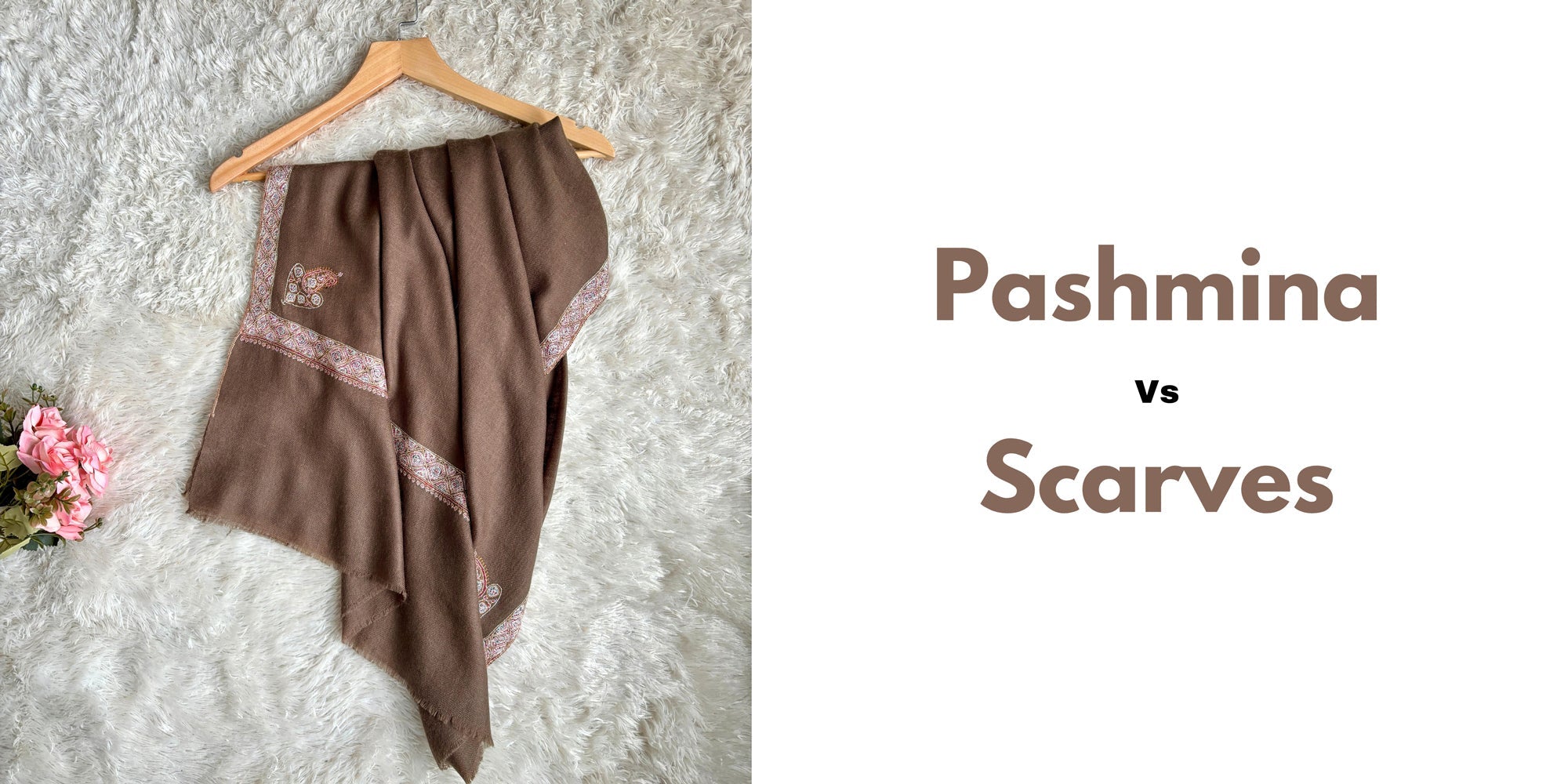



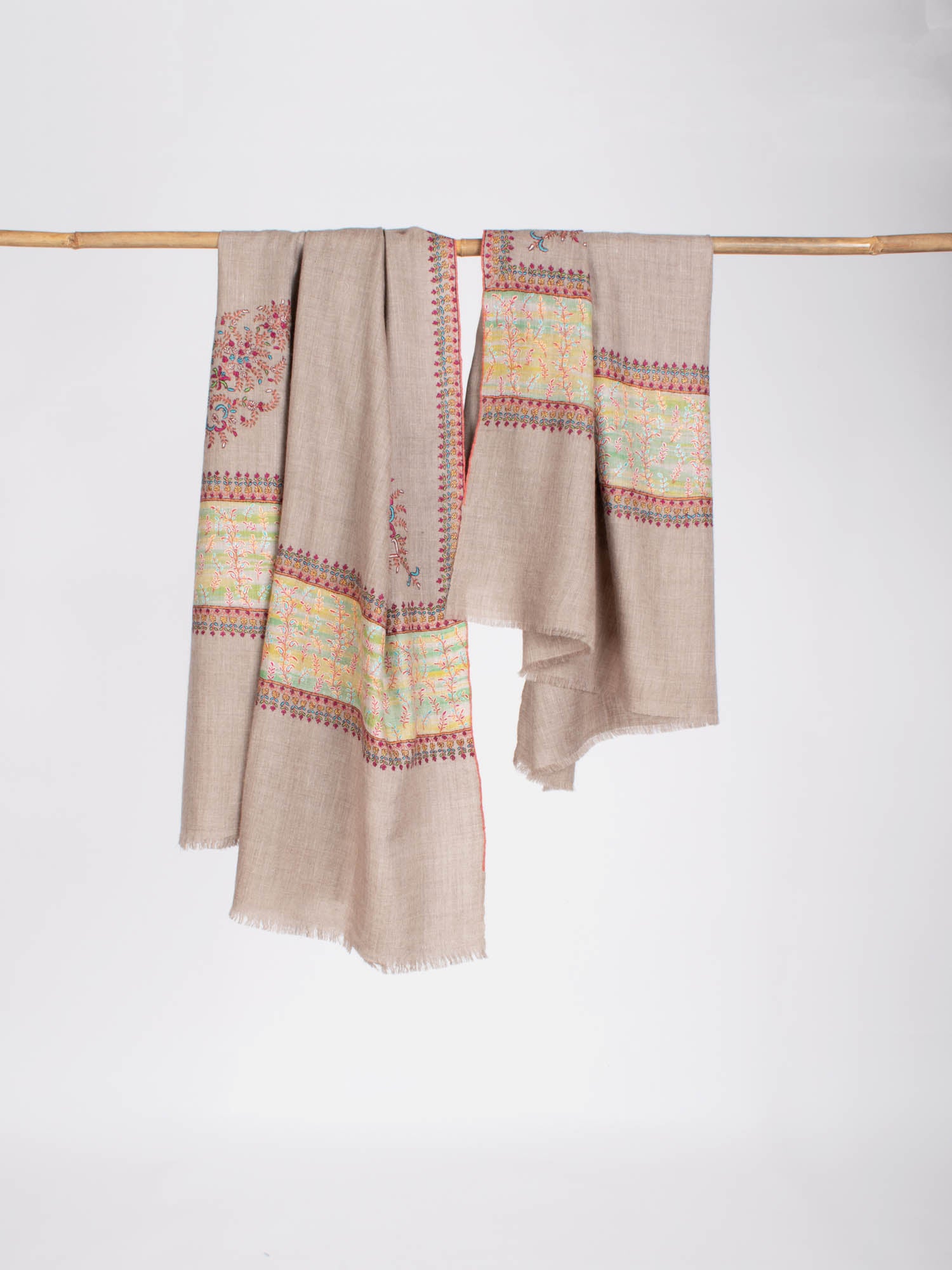
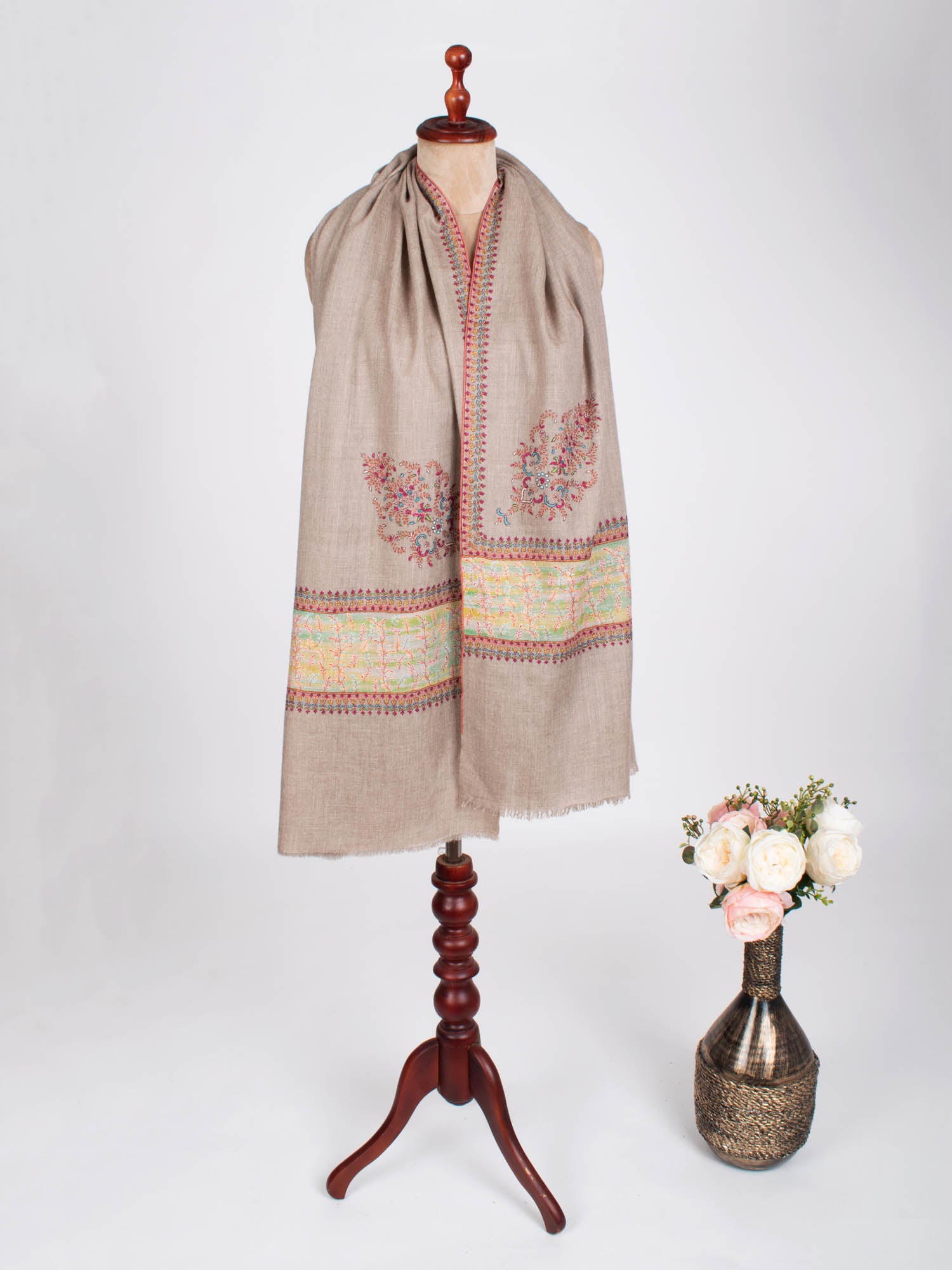
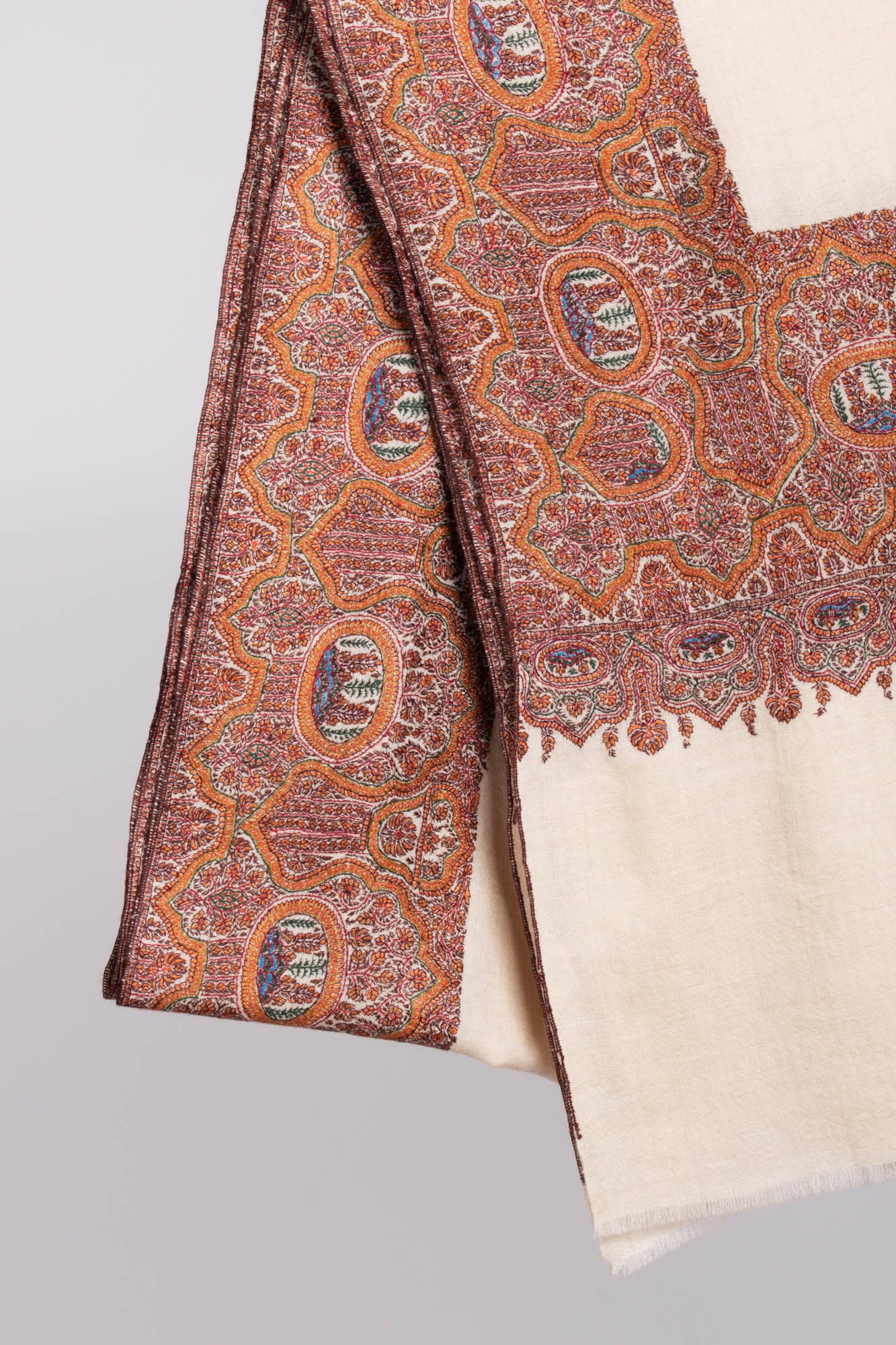

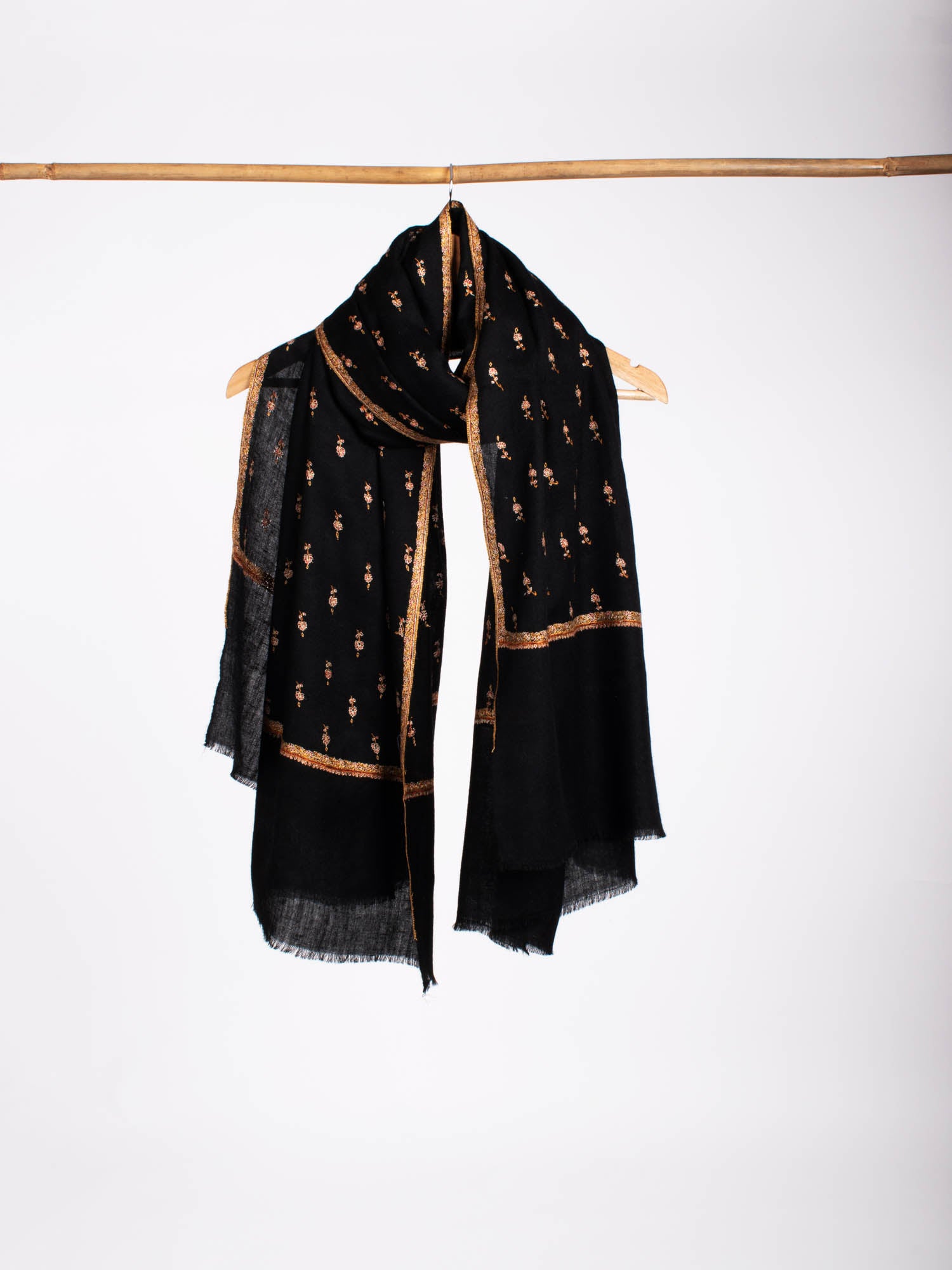
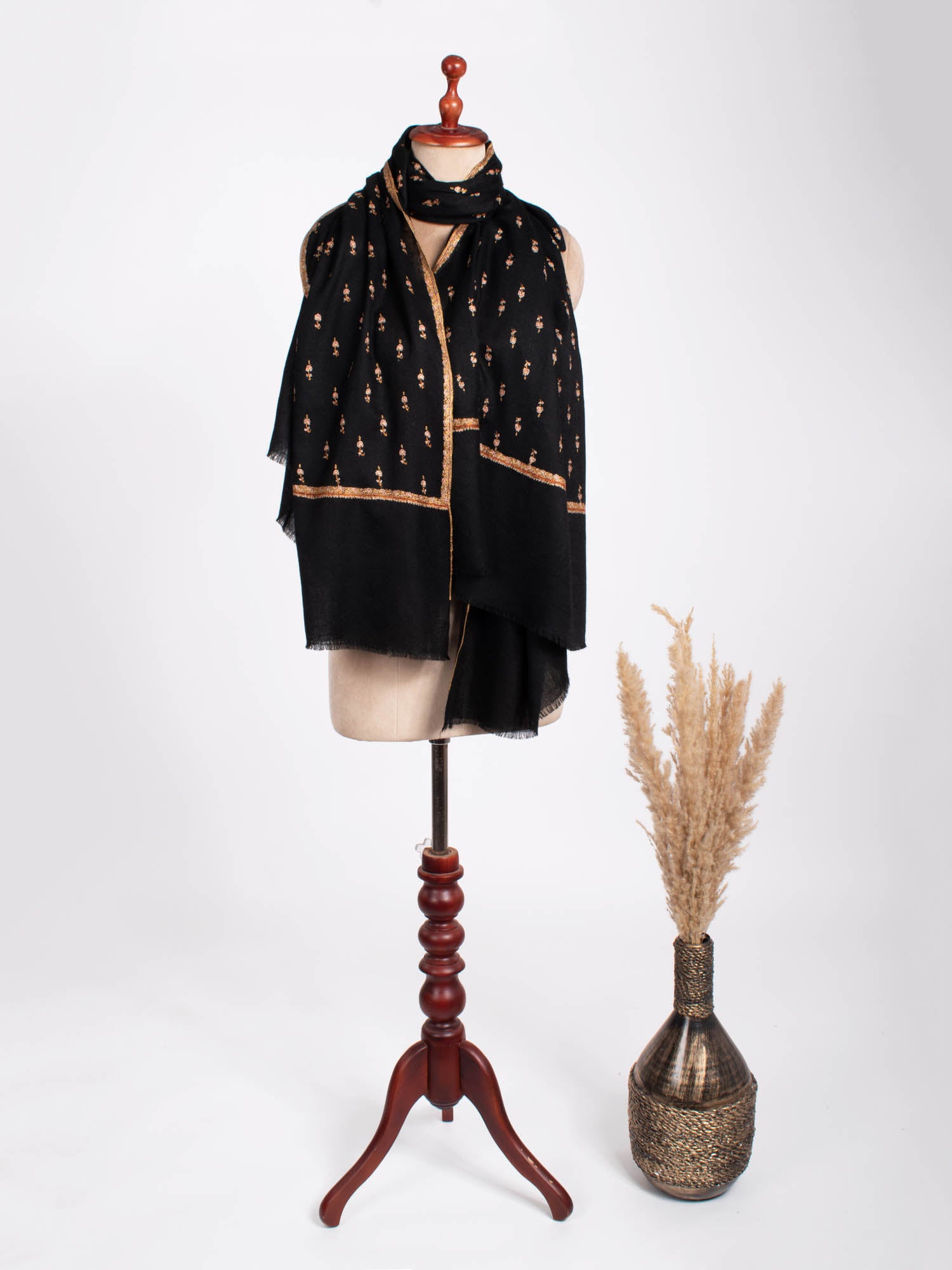

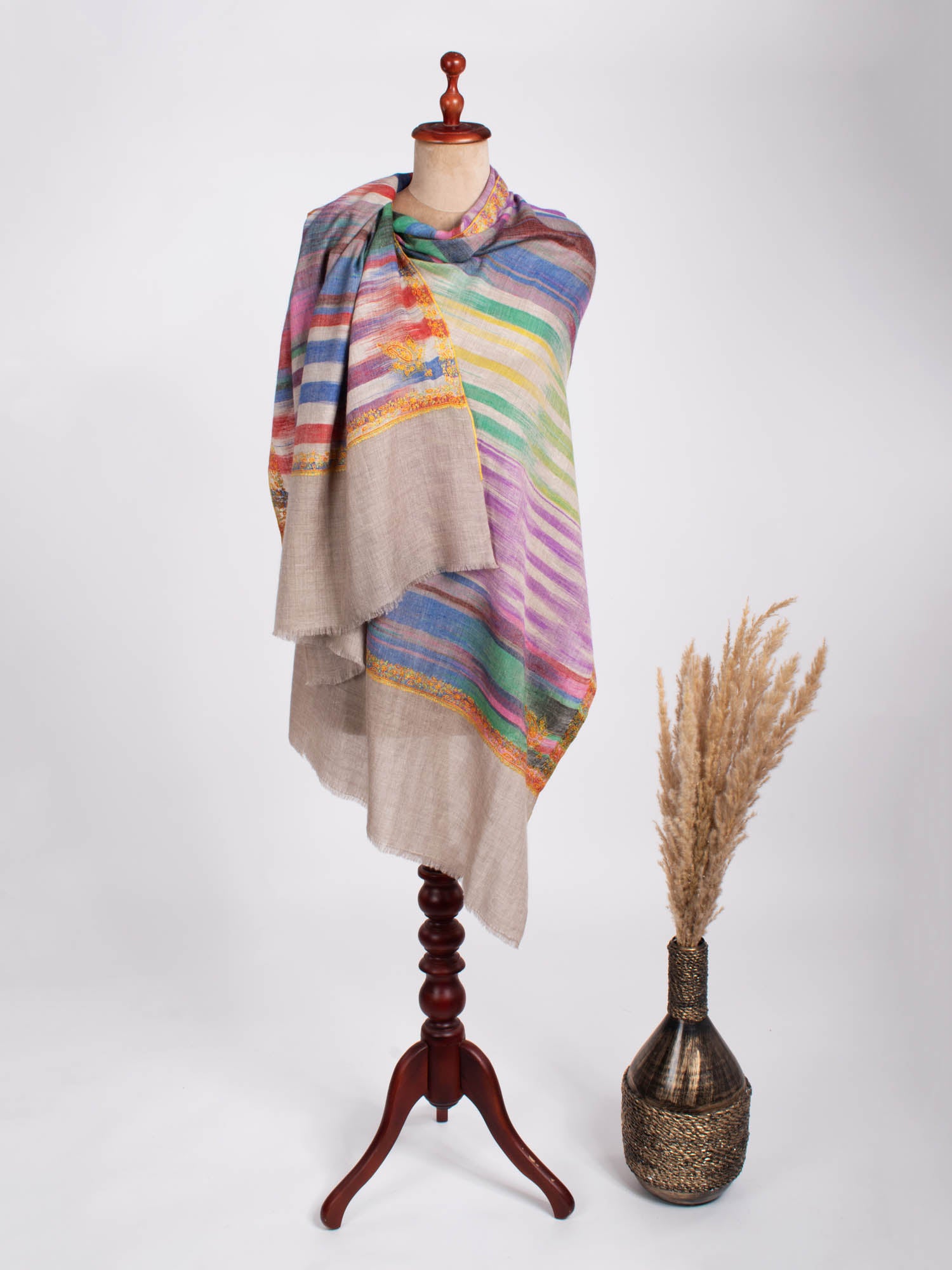
Leave a comment
This site is protected by hCaptcha and the hCaptcha Privacy Policy and Terms of Service apply.